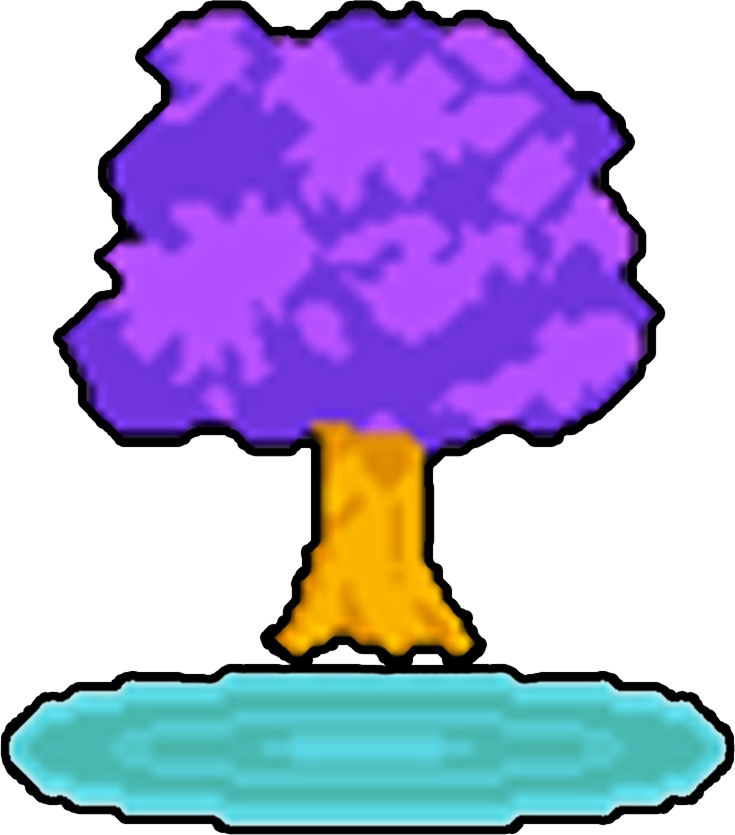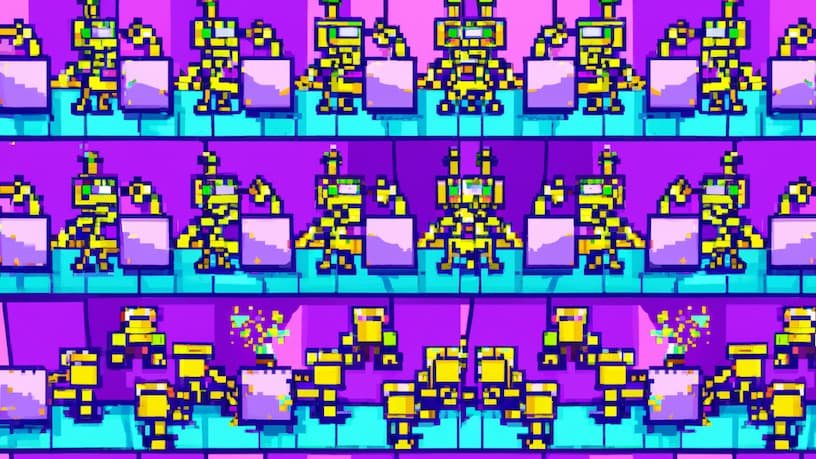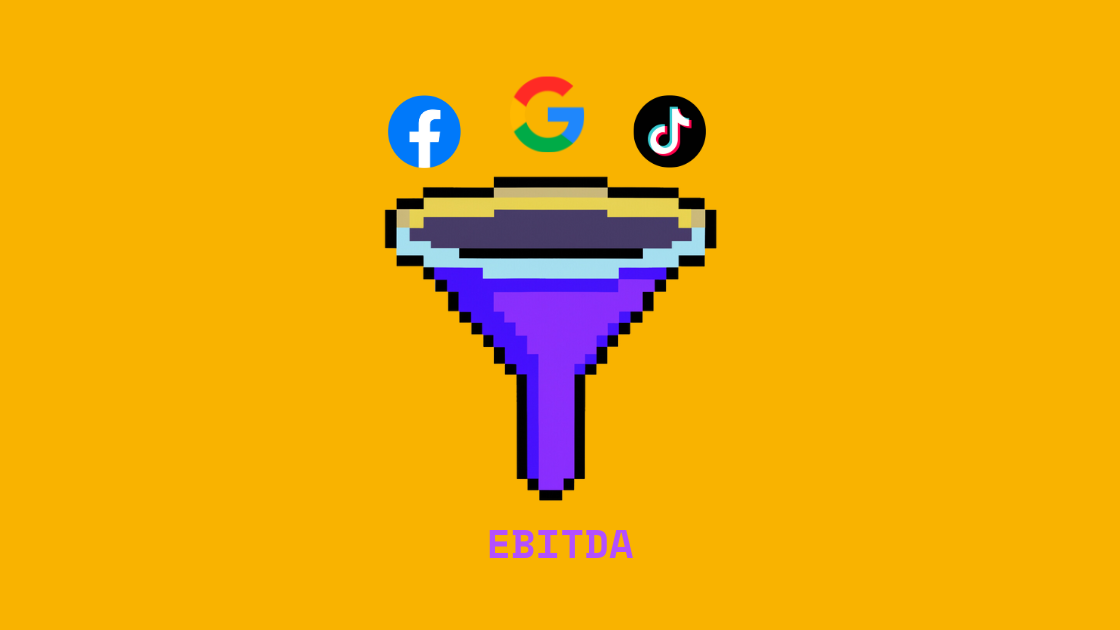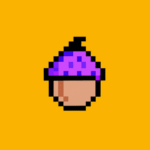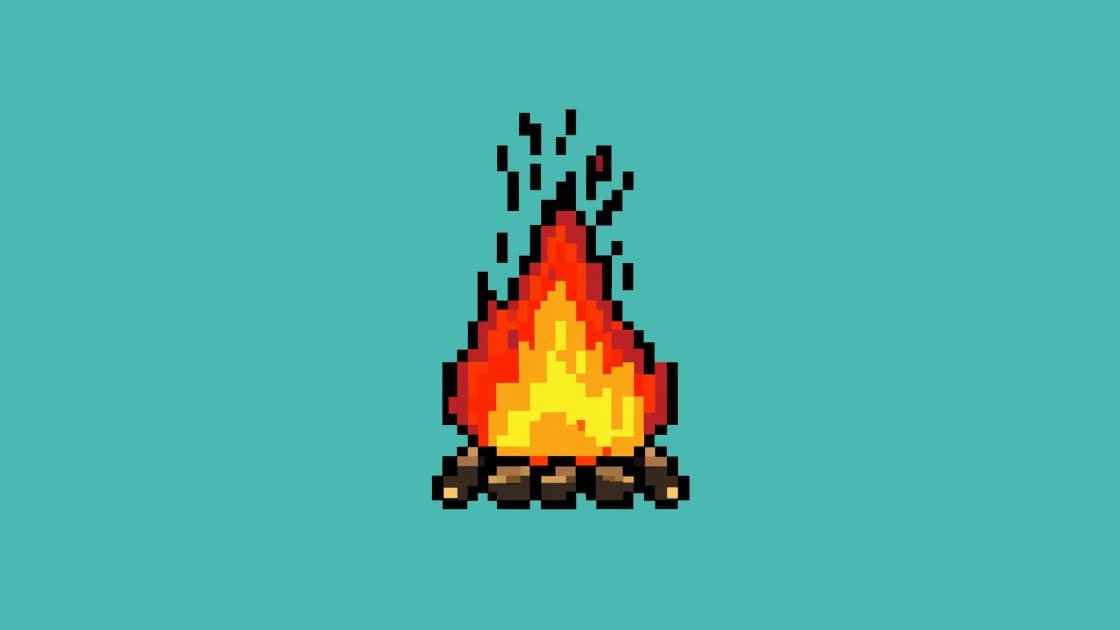Work Smarter Not Harder
“Work smarter, not harder” is a common refrain I often hear from those much smarter and more successful than I am. I like to think I’m more of a “smarter & harder” kind of guy, but now I’m just self-aggrandizing.
One way to achieve this is through the principles of Jidoka and AI-assisted content creation. In this white paper, we will define Jidoka, the assembly line, and AI-assisted content creation, and compare and contrast the two. We will also discuss the importance of embracing new technologies as a key element of human evolution.
Jidoka
Jidoka, also known as “human-in-the-loop automation,” is a concept that was invented by Toyota in 1896. It aims to streamline the production process by having a single human with a holistic understanding of the process and end product performing quality control, while robots handle the repetitive and specialized tasks. This ensures that humans remain an integral part of the production process, while robots handle the tasks that they are best suited for.
The Assembly Line
The assembly line, popularized by Henry Ford in 1913, is a manufacturing process that involves a series of workers performing specialized tasks in a linear fashion. This allowed for significant improvements in manufacturing efficiency. It also had unintended consequences, such as worker alienation and the loss of craftsmanship.
Jidoka vs. The Assembly Line
Jidoka and the assembly line are similar in that they both aim to improve manufacturing efficiency. However, Jidoka addresses the issues of worker alienation and the loss of craftsmanship by ensuring that humans remain an integral part of the production process. This is achieved by having a single human perform quality control while robots handle the specialized tasks. The assembly line, on the other hand, involves a series of workers performing specialized tasks in a linear fashion, which can lead to worker alienation and the loss of craftsmanship.
AI Tools
POE tools like GPT-3 (Generative Pre-trained Transformer 3) and OpenAI’s Codex can assist content creators by generating ideas, providing research and data analysis, and even writing entire articles. These tools are trained on vast amounts of data and can generate content that is often indistinguishable from content written by humans. However, it’s important to remember that these tools are not perfect and still require human oversight and editing to ensure that the content is accurate and meets the needs of the audience.
AI-Assisted Content Creation
AI-assisted content creation, also known as “human-in-the-loop automation,” is a process that involves utilizing AI tools like POE (Perspective on Events) to assist with tasks like research and data analysis, while content creators focus on the higher value tasks like writing and editing. This allows for better quality content in less time, while still maintaining the unique human perspective and creativity.
Traditional Content Creation
Traditional content creation involves content creators performing all tasks manually, including research, data analysis, writing, and editing. This approach can lead to high-quality content. It can also be time-consuming, inefficient, and often ineffective.
AI-Assisted Vs. Traditional Content Creation
AI-assisted and traditional content creation are similar in that they both aim to create high-quality content. However, AI-assisted content creation allows content creators to focus on the higher value tasks like writing and editing, while AI tools like POE handle the time-consuming tasks like research and data analysis. This can lead to better quality content in less time, while still maintaining the unique human perspective and creativity. Volume, volume, volume.
Traditional content creation, on the other hand, involves content creators performing all tasks manually, which can be time-consuming and inefficient.
Conclusion
Ultimately, the principles of Jidoka and AI-assisted content creation are valuable tools that can be applied to a wide range of industries and business processes. By utilizing these tools, we can work smarter, not harder, and create higher-quality products and content in less time. It’s important to remember that these tools are not about replacing humans with machines but about utilizing machines to enhance human abilities and allow us to focus on what we do best. Embracing new technologies and learning to work with machines is a key element of human evolution, and something that should be embraced rather than feared. With the help of AI tools like POE, content creators can create better quality content in less time, while still maintaining their unique human perspective and creativity.
